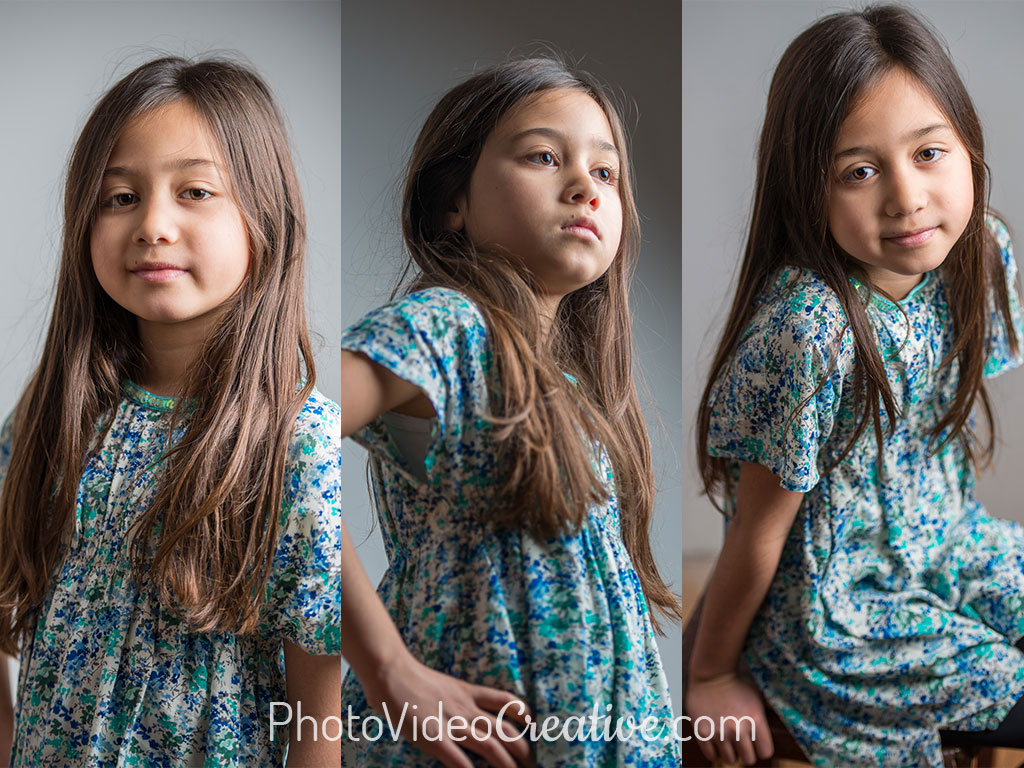 © Amaury Descours
© Amaury Descours
In photography, you can frame your subject by orienting your camera:
- In front of you with an horizontal camera angle,
- Downward with a high camera angle,
- Upward with low camera angle.
But why choose an angle over another? Is it really important for your photo? That’s the art of photography composition!
I will share with you:
- How to choose the best camera angle
- Why the best choice is driven by emotions
- What emotions are related to each camera angle: horizontal, low and high camera angles.
How to Choose Your Best Camera Angle?
The camera angle of your photo may be incurred or chosen.
Here are some situations where your environment will dictate your camera angle:
- You contemplate a sunset, the angle of view is necessarily horizontal
- You are at the foot of a skyscraper to frame the top of the building, the camera angle is necessarily low-angle
- You are at the edge of a cliff to see the waves breaking on the beach, the camera angle is necessarily high-angle.
But there are also situations where the camera angle is up to you. If you make a portrait photo, you can:
- Stay upright and have a horizontal viewing angle at the same level as the person’s face
- Lying on the ground and having a low camera angle
- Stand on a chair and have a high camera angle
And today with drones, the camera angle towards a landscape is no longer a constraint. By flying a few dozen meters above the ground, you can now have the camera angle of your choice.
With all these possibilities, which camera angle should you choose or avoid?
You must understand that different angles on the same subject, actually give you different sensations for your photo. The best camera angle is the one that will provoke the same emotions as yours, when you were facing your subject.
And the wheel of emotions from Plutchik is of great help to identify your emotions.
Emotions Related to a Horizontal Camera Angle
Most of the time, what we are looking at is right…in front of us.
Even if we can turn our head and our eyes up or down, we look more naturally at what is at the same level as us.
Framing your subject by pointing your camera in front of you is therefore neutral. Indeed, looking ahead is something totally ordinary.
If your subject and potentially your composition, your light, your development or your presentation emit emotions in your photo, then a horizontal camera angle will not disturb anything.
And that’s fine!
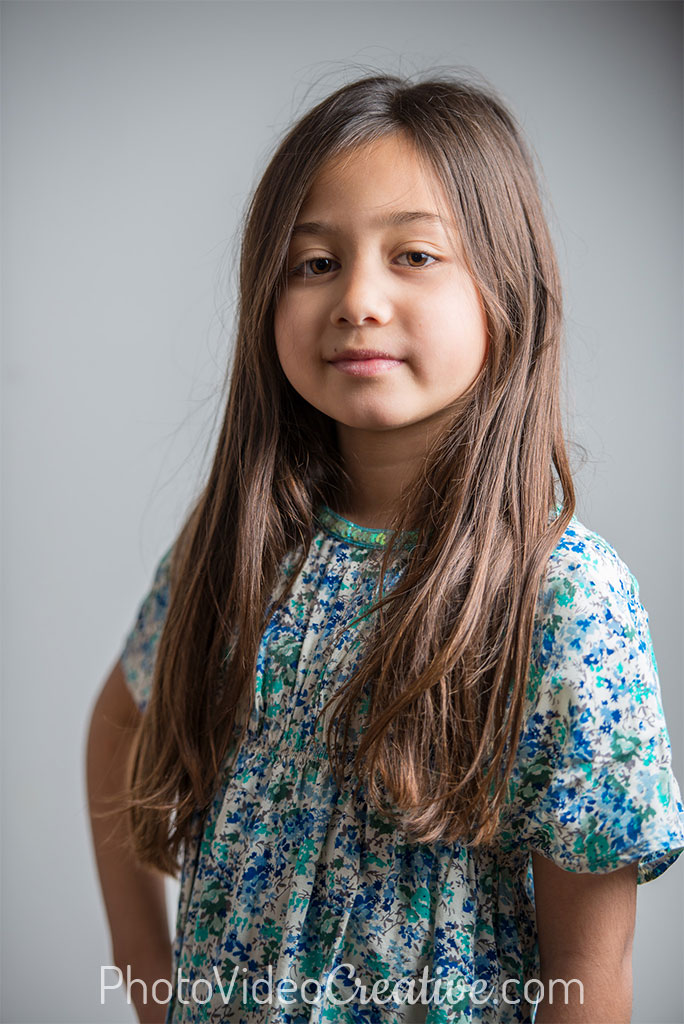
But if your subject is not very expressive, and no other emotion is reinforced by your composition, your light, your development, or your presentation, then a horizontal camera angle can be harmful.
Your photo appears extremely banal or worse as failed, and causes negative emotions such as:
- Boredom, Disgust or even Loathing
- Sentimentality
- Annoyance
- Contempt
- Disapproval
Emotions Related to a High Camera Angle
Seeing with a high camera is possible when we are taller or standing higher than what we are looking at.
We can then feel bigger, more powerful, stronger or more in control, as if we were a giant or a celestial god.
Therefore, directing your camera downward can generate emotions like:
- Interest, Anticipation and even Vigilance
- Distraction, Surprise or even Amazement
- Curiosity
- Delight
Or more negative emotions like:
- Domination
- Contempt
- Disgust
- Cynicism
- Pessimism
- Disapproval
Be careful, there is a trap on the proper interpretation of emotions with your camera angle.
If you’re shooting with a high camera angle a person whose posture shows she’s afraid or submits to you, then your photo will not release fear or submission.
On the contrary: your photo will make anyone feel your dominion over this person, and often against the natural will of the person who observes the photo. It can be a way for you as a photographer to reveal the fragility of the subject.
This is why a high camera angle, more or less pronounced, is often used by professional photographers in portraiture.
You create an imperceptible fragility on your subject that makes it closer and more touching. Moreover, it is a trick that also allows to have a finer and more aesthetic face. Because your subject is watching you, he will raise his head and avoid the double chin effect.
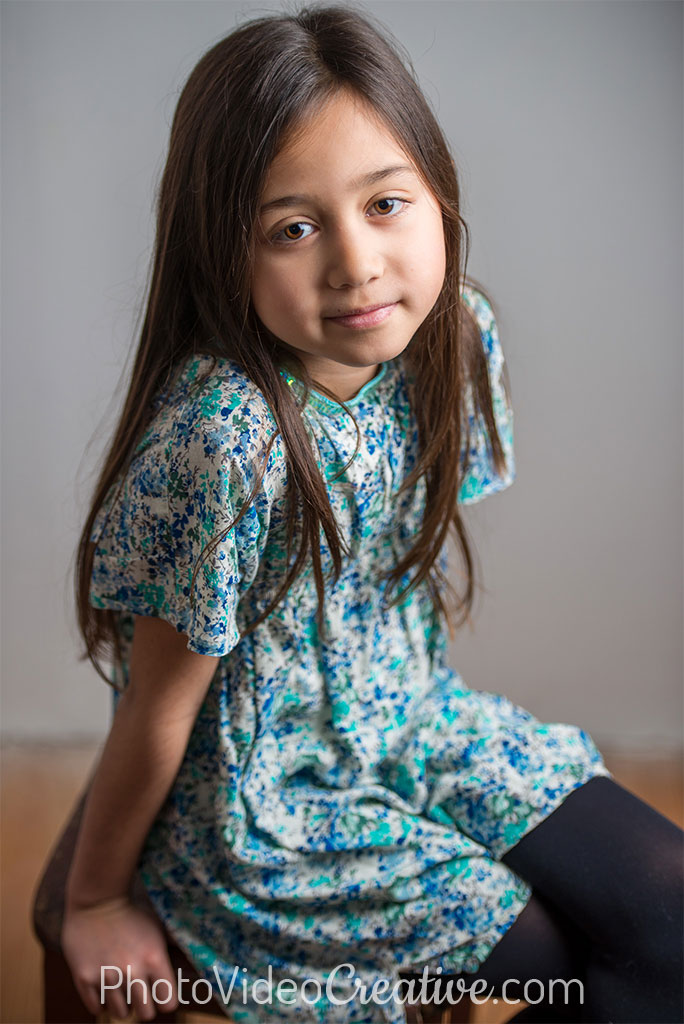
What works with a portrait also works with a landscape.
Seeing a landscape from above with a drone at a high camera angle is to see the world in miniature. A position that allows to appreciate its complexity and beauty.
But too often, the high camera angle is an unintentional mistake rather than a creative choice for beginner photographers.
What do parents do when they photograph their children? They come close to their offspring, take out their camera and immediately take a picture from above!
But as we have just seen, by having a point of view that dominates the child, we are lowering him even more. You then create negative emotions that do not match with your subject, whereas your children are more to express their joy!
So do not forget this little trick, put one knee on the ground and be at the same level as your children: you will be able to take your picture with a horizontal camera angle.
Your photo will be immediately better.
Emotions Related to a Low Camera Angle
To see at a low-angle, you must be smaller or lower than the subject you are shooting.
Imagine contemplating a giant statue of an Egyptian deity. You will mechanically feel a form of modesty, humility or even inferiority against this subject.
So when you aim your camera upward, you can provoke emotions like:
- Interest, Anticipation or even Vigilance
- Distraction, Surprise or even Amazement
- Acceptation, Trust and even Admiration
- Curiosity
- Delight
- Optimism
- Pride
But more negative emotions can also appear:
- Apprehension, Fear and even Terror
- Anxiety
- Guilt
- Submission
- Fatalism
Again, do not make an emotional contradiction between what the subject releases and what your photo releases.
If you portray a subject who looks down on you and dominates you, your photo will not create the feeling of dominance for the person looking at the picture. On the contrary, it is the feeling of submission that your photo will send back to its observer.
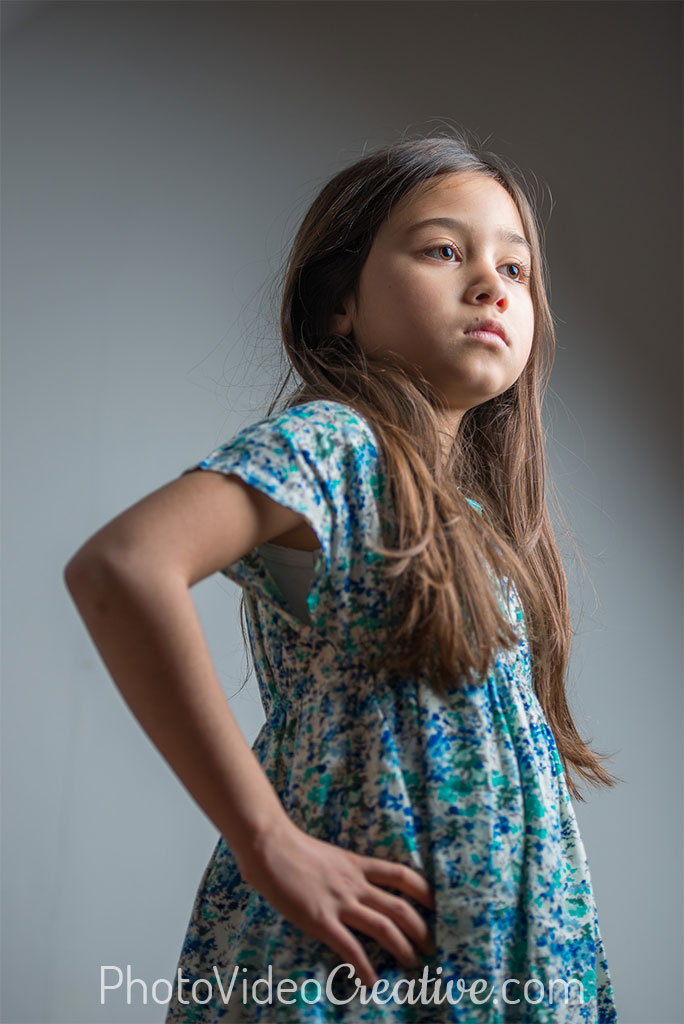
On the other hand, if you take an architectural photo, for example of a skyscraper, a low camera angle will automatically create a vertical perspective effect. And the emotions caused by the vertical perspective are often at odds with what you are looking for your photo.
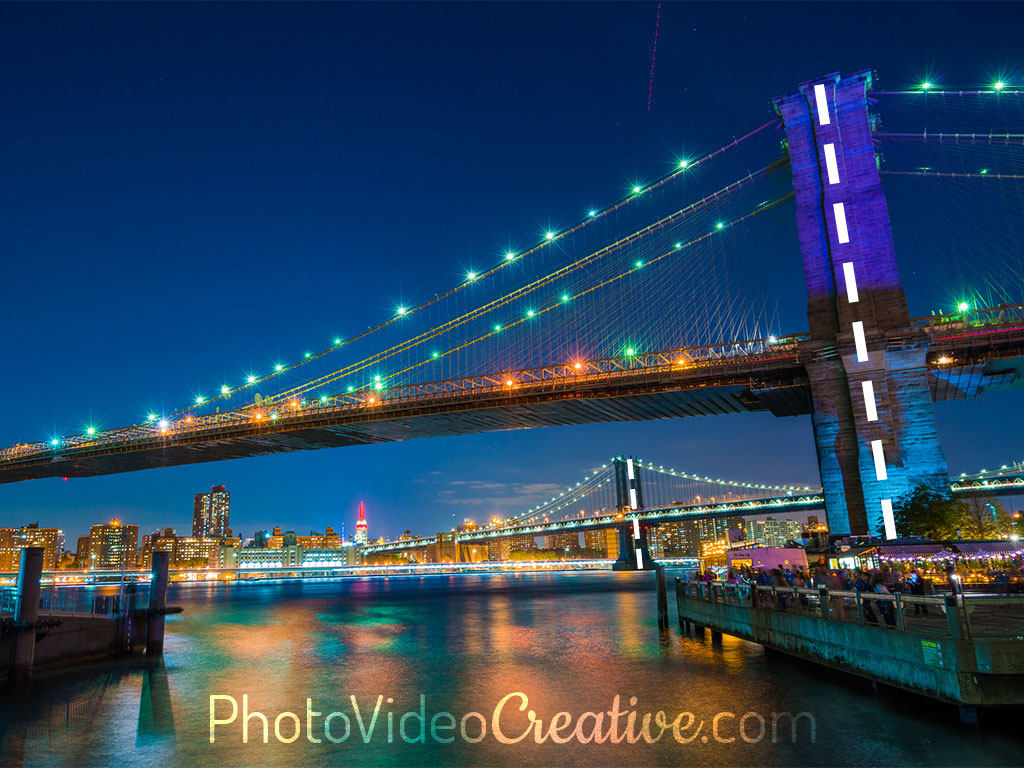
So do not hesitate to develop your photo to correct the vertical perspective, and remove those unwanted emotions.
What Do You Think?
Are you now convinced of the camera angle influence on the perception of your photo? When you look at your photo portraits, what camera angles did you adopt? Was it chosen or incurred?
Leave me your comment, I will answer with pleasure.
Do you like what you’ve learned? Share this article with your loved ones!